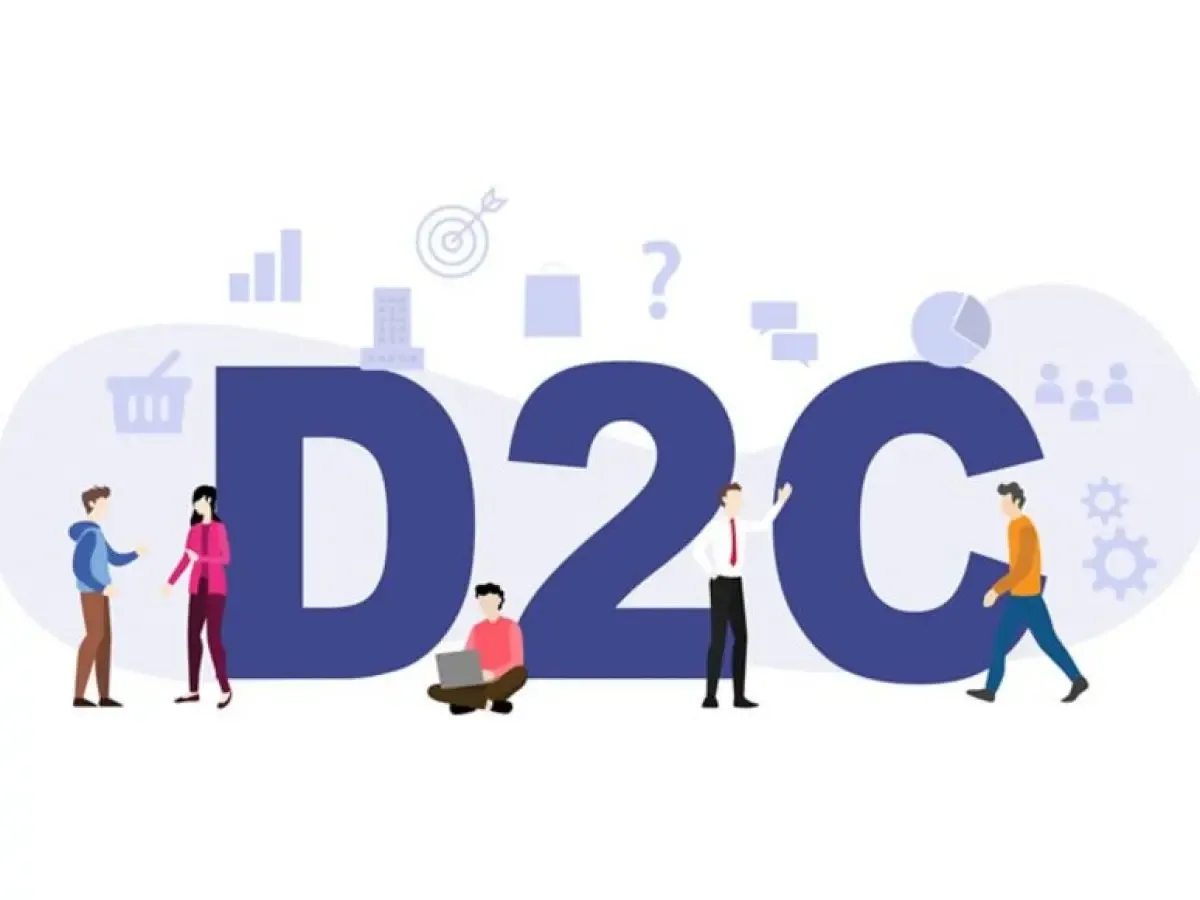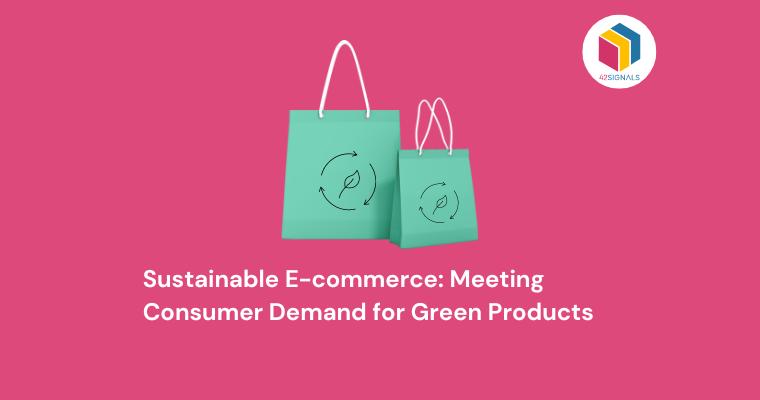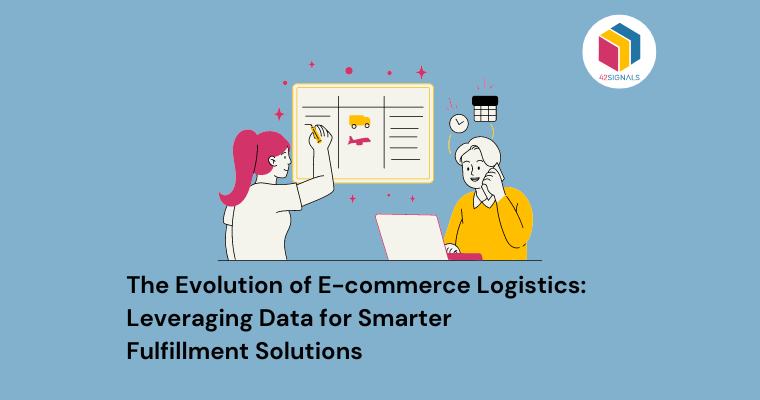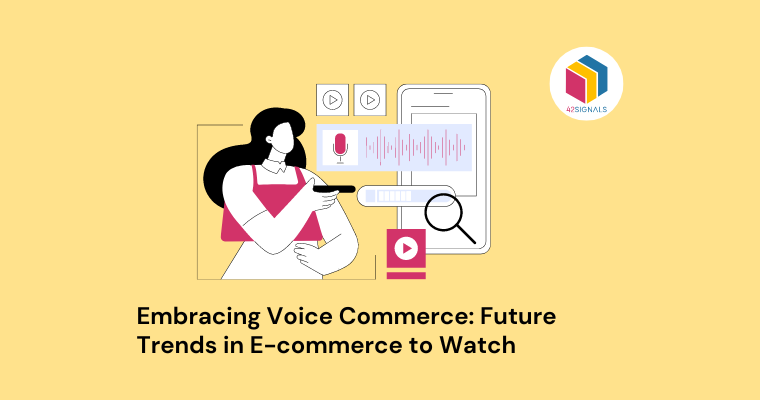With the rise of e-commerce and social media, it’s become easier than ever for businesses to connect directly with their target audience, bypassing traditional retail channels and middlemen. This shift in power dynamics has given birth to a new generation of successful direct-to-consumer (D2C) brands that are disrupting industries and changing the game.
So, what does it take to build a successful D2C brand online? Here are some key strategies to help you get started:
Know Your Audience Inside Out

Image Source: Digital Clarity Group
Before you start selling anything, you need to understand who your ideal customer is, what they want, and how you can solve their problems. Conduct market research, gather data, and analyze consumer behavior to create buyer personas that will guide your marketing efforts. Use social media listening tools to monitor conversations related to your niche and identify trends, preferences, and pain points.
Create a Compelling Brand Story
Your brand story is what sets you apart from competitors and makes you memorable to potential customers. It should be authentic, relatable, and communicated consistently across all touchpoints. Define your mission, values, and unique selling proposition (USP), and use them as a foundation for creating engaging content that resonates with your audience. Use storytelling techniques like user-generated content, videos, and influencer partnerships to bring your brand to life and foster emotional connections with customers.
Develop a Strong Product Offering

The quality of your product or service is the backbone of your D2C brand. Ensure that it meets the needs and expectations of your target audience, and continuously gather feedback to improve and innovate. Consider offering customization options, subscription services, or bundle deals to enhance the customer experience and encourage loyalty. Invest in high-quality product photography and video demonstrations to showcase your products in the best light possible.
Build a Robust E-commerce Platform
A seamless and user-friendly e-commerce platform is critical for driving sales and ensuring customer satisfaction. Choose a reliable platform that integrates well with your website, offers easy navigation, and streamlines the checkout process. Optimize your site for mobile devices, as most consumers nowadays shop on their smartphones. Make sure your website loads quickly, has clear calls to action, and provides detailed product information to reduce cart abandonment rates.
Leverage Social Media and Influencers
Social media platforms have become indispensable for D2C brands looking to reach their target audience. Identify the networks where your customers spend the most time and invest in creating engaging content that drives conversation and encourages sharing. Collaborate with influencers who align with your brand values and have a genuine following within your niche. They can help spread the word about your brand, generate trust, and provide valuable insights into consumer behavior.
Focus on Customer Experience and Retention

Image Source: Business Wire
For D2C brands, customer acquisition is just the beginning. To achieve long-term success, you must prioritize customer experience and retention. Provide excellent customer support through multiple channels, offer personalized recommendations based on purchase history and preferences, and reward loyal customers with exclusive discounts or perks. Encourage customer advocacy by making it easy for satisfied clients to leave reviews, share their experiences on social media, and refer friends and family.
Measure Performance and Adapt Quickly
To optimize your D2C strategy, you need to track key performance indicators (KPIs) such as website traffic, conversion rates, average order value, and customer lifetime value. Analyze these metrics regularly to identify areas for improvement and adjust your tactics accordingly. Test different versions of your website, ad creatives, and email campaigns to find what works best for your audience. Stay up-to-date with industry trends and adapt your strategy to stay ahead of the competition.
Embrace Sustainability and Ethical Practices
More and more consumers expect the brands they support to prioritize sustainability and ethical practices. Consider incorporating environmentally friendly packaging materials, using recycled resources, and promoting fair labor standards throughout your supply chain.
D2C businesses have a lot of scope to grow a large customer base. With consumer behavior shifts, more shoppers purchase products today online than ever before.
With e-commerce analytics, brands have access to so many insights about their customers which can be used for improvements across the product spectrum.
Interested to know more? Schedule a demo today.
Frequently Asked Questions
What is the difference between B2C and D2C?
Business-to-Consumer (B2C) refers to transactions where businesses sell directly to individual consumers. Examples include online retailers selling clothing, electronics, or home goods to consumers via their websites or mobile apps. In contrast,
Direct-to-Consumer (D2C) refers to brands selling their own products directly to consumers, bypassing intermediaries like wholesalers or brick-and-mortar retailers. An example would be Nike selling sneakers directly to consumers via its website or physical store. While both B2C and D2C involve businesses selling to consumers, the key distinction lies in whether there are any middlemen involved.
Is Amazon a D2C?
No, Amazon is not strictly a direct-to-consumer brand because it does not manufacture or produce most of the products it sells. Instead, Amazon operates as a marketplace where third-party sellers can list and sell their products alongside Amazon’s private label offerings.
However, Amazon has been expanding into the D2C space with its growing portfolio of private label brands across various categories such as apparel, consumer electronics, and household goods. These brands allow Amazon to control more aspects of the supply chain and potentially capture higher margins than simply acting as a platform for other merchants to sell on. So while Amazon may not fit neatly into either category, it certainly plays a significant role in both B2C and D2C markets.





